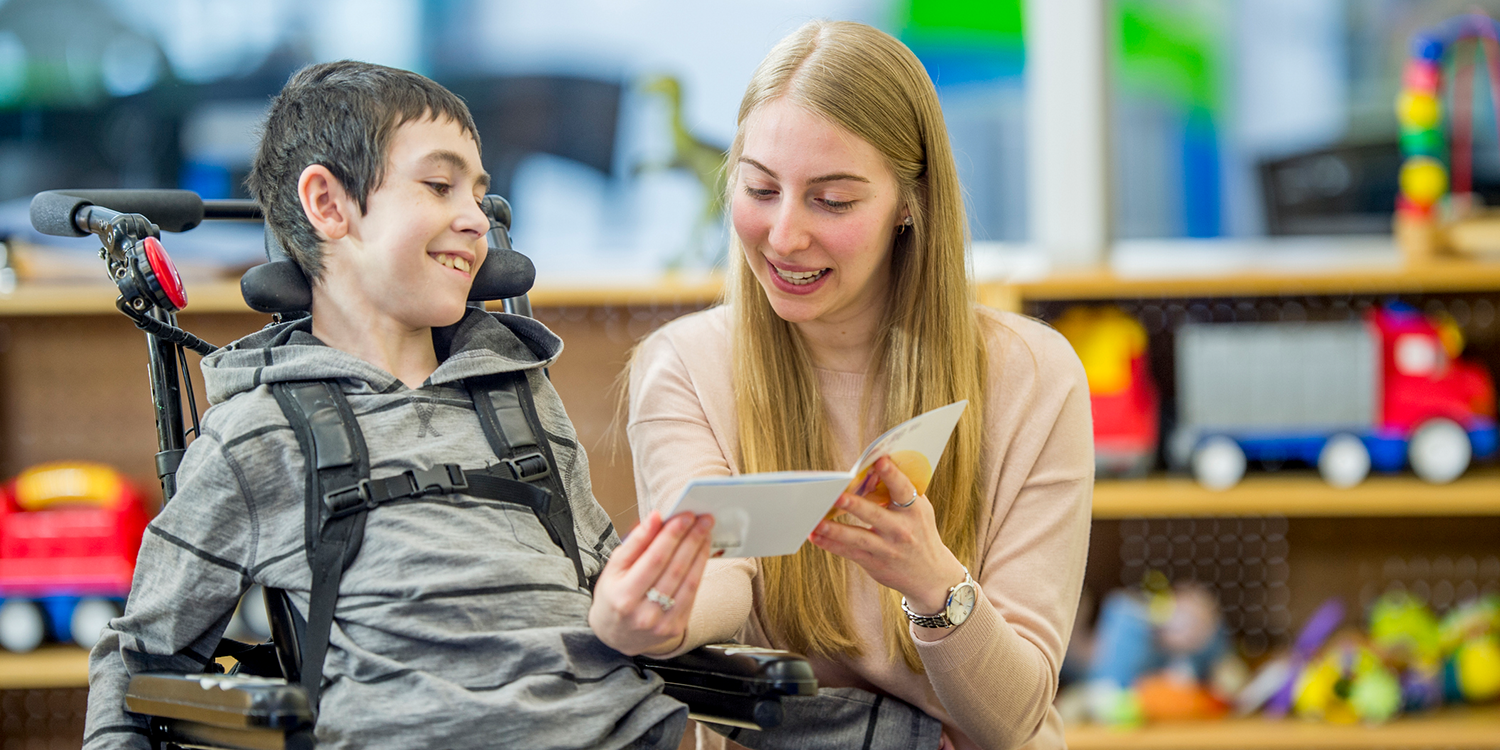
Inclusive Learning: Unveiling the Power of Special Education
Did you know that embracing diversity and inclusivity within education not only benefits students with special needs but also enhances the learning experience for all students involved? Inclusive learning is a powerful educational approach that goes beyond traditional teaching methods, focusing on creating an environment where every student, regardless of their abilities or challenges, has the opportunity to thrive. In this blog post, we’ll delve into the concept of inclusive learning and explore its remarkable impact on students, classrooms, and society as a whole.
Understanding Inclusive Learning
Inclusive learning is about more than just placing students with special needs in the same classrooms as their peers. It embodies a philosophy that values diversity and strives to create a welcoming environment where every student’s unique strengths are recognized and nurtured. This approach has evolved over time, moving from segregated special education settings to inclusive classrooms that promote collaboration and understanding among all students.
Key Components of Inclusive Education
Diverse Classroom Settings
- Inclusive education involves a variety of classroom settings, including mainstreaming and co-teaching. Mainstreaming integrates students with special needs into general education classrooms, allowing them to learn alongside their typically developing peers. Co-teaching involves educators with different expertise collaborating to provide a more comprehensive and personalized learning experience.
Individualized Education Plans (IEPs)
- Individualized Education Plans, or IEPs, are personalized plans developed for students with special needs. These plans outline specific goals, accommodations, and support services tailored to each student’s unique requirements. Collaborative efforts among teachers, parents, and specialists ensure that IEPs effectively address individual learning needs.
Adaptive Teaching Strategies
- Inclusive education encourages educators to adopt diverse teaching strategies that cater to varying learning styles. Differentiated instruction, project-based learning, and multisensory approaches are some examples of strategies that help engage all students effectively.
Benefits of Inclusive Learning
Academic Gains
- Research consistently shows that students with special needs who participate in inclusive classrooms experience improved academic outcomes. Interaction with peers of varying abilities fosters a supportive learning atmosphere, where students learn from each other and build a deeper understanding of the subjects being taught.
Social and Emotional Development
- Inclusive classrooms provide an opportunity for students to form authentic relationships with peers from diverse backgrounds. This fosters the development of important social skills, empathy, and emotional intelligence. Students learn to appreciate differences and work collaboratively, preparing them for the real world.
Fostering Empathy and Acceptance
- Inclusive education creates a platform for fostering empathy and acceptance. When students engage with classmates who have different abilities, they develop a better understanding of the challenges others face. This naturally cultivates an environment of acceptance, reducing stereotypes and promoting inclusivity.
Overcoming Challenges in Inclusive Learning
Resource Allocation
- Implementing inclusive education can pose resource challenges. Schools must ensure sufficient funding, materials, and support services to cater to diverse needs. Strategic resource allocation and advocacy can help overcome these obstacles.
Professional Development
- Teachers need ongoing professional development to effectively implement inclusive teaching strategies. Providing educators with training opportunities and access to relevant resources equips them to create inclusive learning environments.
Inclusive Learning Success Stories
St. Clair Elementary: A Model of Inclusive Education
St. Clair Elementary School has embraced inclusive education by focusing on collaborative teaching, personalized support, and promoting a culture of acceptance. Through their efforts, they have not only improved academic outcomes for students with special needs but also created an atmosphere where every student feels valued and understood.
Building an Inclusive Learning Community
To support inclusive education, parents, teachers, and community members play vital roles. Parents can actively engage in their child’s education and advocate for inclusive practices. Teachers can continue refining their skills through professional development. Communities can host awareness events and workshops to promote understanding and acceptance.
Takeaway
Inclusive learning is a transformative approach that harnesses the power of diversity to create better learning environments for everyone involved. By embracing inclusive education, we pave the way for academic excellence, social growth, and a more compassionate society. As educators, parents, and community members, it’s our collective responsibility to champion this approach and unlock the full potential of every learner.
Remember, inclusivity is not just a concept—it’s a journey that enriches lives and empowers individuals to thrive together.
